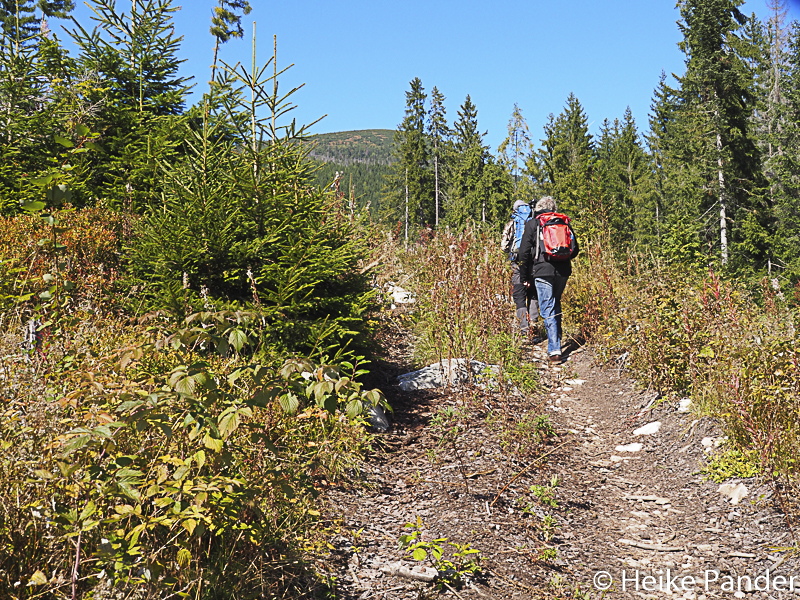
Bärenwanderung mit Jan Barilla, Slowakei, 2019, Heike Pander
Brown bears in Europe? Yes, fortunately they still exist – for example in the “High Tatras” of Slovakia.
I have seen lions and leopards during my hikes in the wilderness of southern Africa. However, seeing bears in Europe is quite rare and I have never seen one in the wild. And that is with good reason as they are very rare. On the rare occasion that a bear is seen in Germany a discussion about “problem bears” starts immediately. Usually, bears become “problematic” due to the negative influence of humans… Normally, the furry creatures are shy and keep away from human beings as much as possible – with good reason. Usually they disappear before the hiker gets to seem them. To make sure that one is safe it is advisable not to go hiking alone and to be audible: talking with hiking companions helps as does a little “bear bell”. If that does not help to feel comfortable in bear country, carry a can of bear spray which is based on chilies.
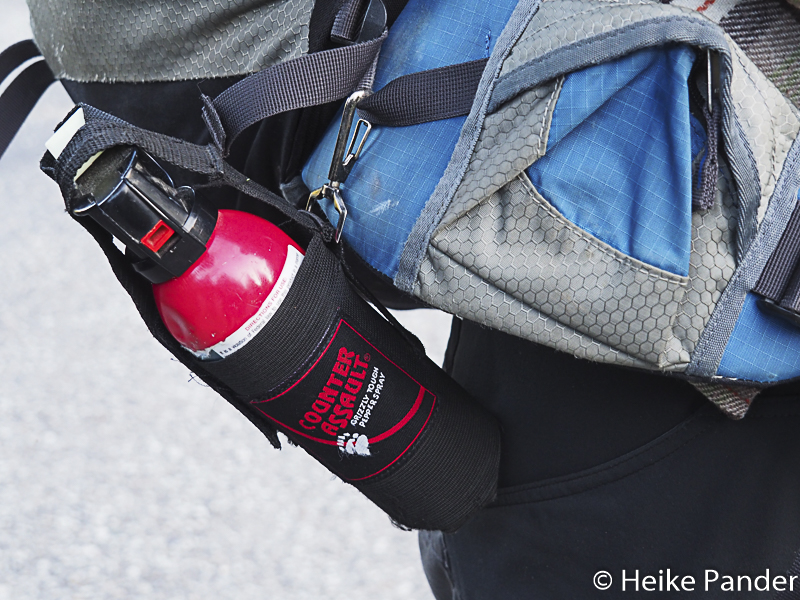
Bärenspray immer dabei, Bärenwanderung mit Jan Barilla, Slowakei
Early this year I watched an enchanting documentary of bears in the spectacular “High Tatras” of Slovakia. The animals sat in the canopies of stone pines and fed on cones. The tops swayed threateningly under the weight of the bears. These pictures just hovered in my mind – how I would have loved to see the bears. As luck would have it, we came across the contact of Jan Barilla. He is a brown bear expert. In addition he rents out a guest apartment in Betlanovce – less than three kilometers from the Slovak Paradise.

Jan Barilla, Bärenwanderung, Slowakei
Tracking brown bears
Jan took us on a bear hiking tour to the west of the High Tatras. We climbed a narrow path that went uphill steadily. The area is a national park. The bears seem to appreciate the wilderness as after a short time we stumble across their intensely blue colored droppings. The remains of the last meal are still clearly visible: blueberries.
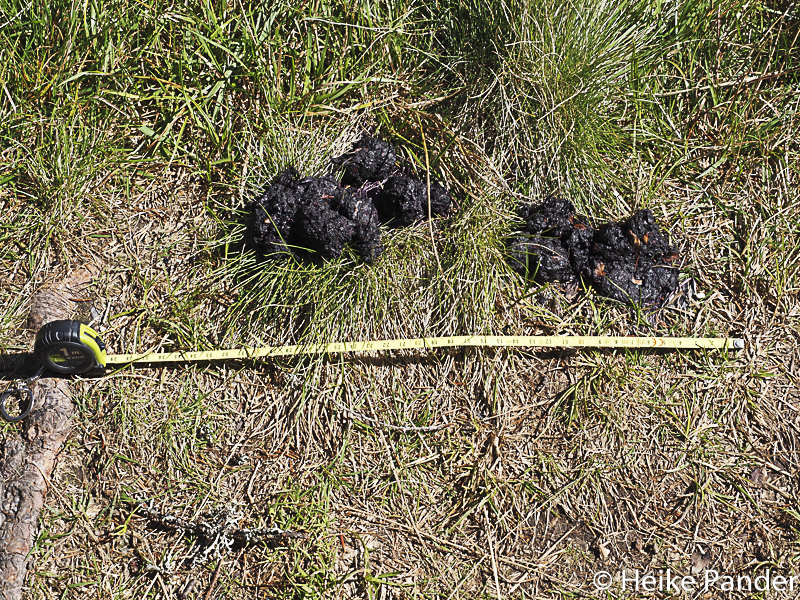
Bärenlosung, Bärenwanderung mit Jan Barilla, Slowakei, 2019
Hiking in the forest on narrow paths
We continue with our hike through dense coniferous forest. The ground is soft in some spots our steps sound hollow and spring slightly which is pleasant for a change. At the edge of a clearing we take a rest. Jan shows us a stem with scratch marks: a bear seems to have tormented it with its front paws. The resin is still fresh and smells wonderful. The animal must have been here only a short while ago.
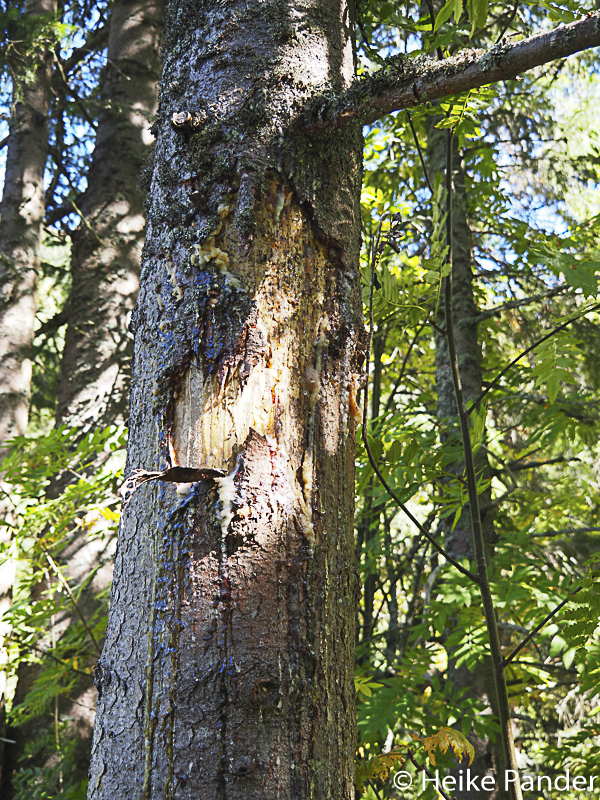
Kratzbaum mit Spuren von Bärentatzen & Harz, Bärenwanderung in der Slowakei
Where the brown bears prefer to feed
Warm rays of autumn sun engulf the slope opposite. The low shrubs are packed with ripe fruits at this time of the year. A lush feeding place for brown bears. They like to come late in the afternoon, but you never know with bears – they have their own rhythm … We scan the slope with our binoculars. None of the furry creatures is yet to be seen. Jan does not want to disturb the bears during their daily routine. That is the reason why we stay on our side of the slope and keep our distance. After a short refreshment with sweet herbal tea, we continue uphill and cross over several small streams.
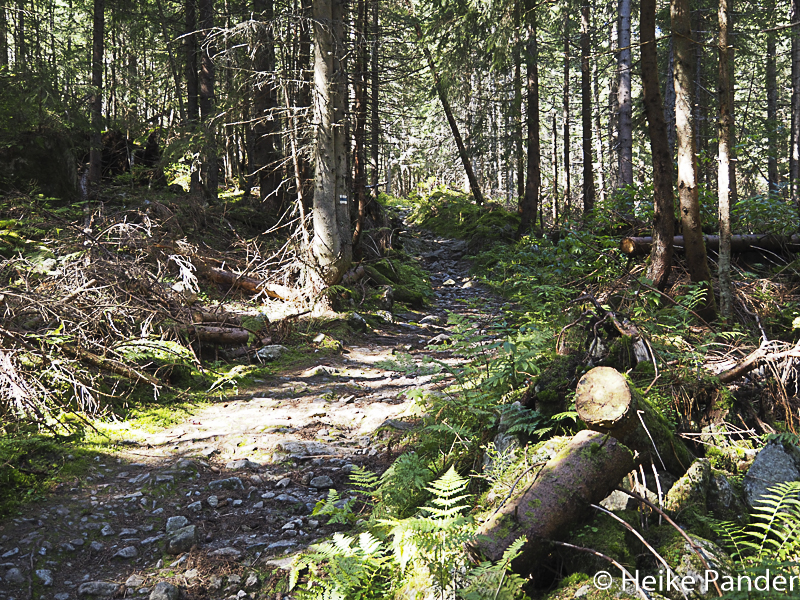
Bärenwanderung mit Jan Barilla, Slowakei, 2019, Heike Pander
We are lucky: brown bears to the right
The sun is slowly starting to sink. At a high lying point with a clear vision, Jan stops again. His eyes glide over the slope, his body suddenly tense, the binoculars now focused on one point. I follow his movement – and hardly believe my eyes: three brown dots moving from a low pine grove towards an almost dry stream. Through my binoculars, I recognize a bear with two nearly adult juveniles. They are heading straight for the blueberry bushes. The unexpected start of winter the night before has startled the animals. They use the last warm days to feed as much as possible to gain urgently needed weight for their winter break.
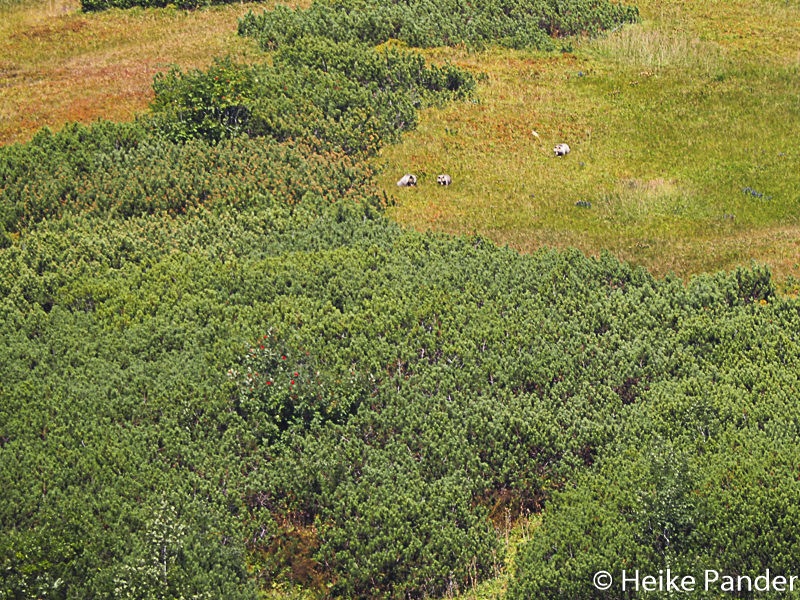
Braunbären, Bärenwanderung, Slowakei
Some brown bears are “blond”
The juveniles look different from their mother. They still carry a large white spot around their neck in their fur. Seen from our distance, the sunlight makes their fur shimmer almost silvery. The coat of brown bears has a variety of shades, some are almost “blond”, others dark brown. We were particularly surprised that the bears in the High Tatras mainly prefer vegetarian food: 90% of their diet is grasses, herbs, berries, other fruits and roots. On rare occasions do they feed on prey animals.
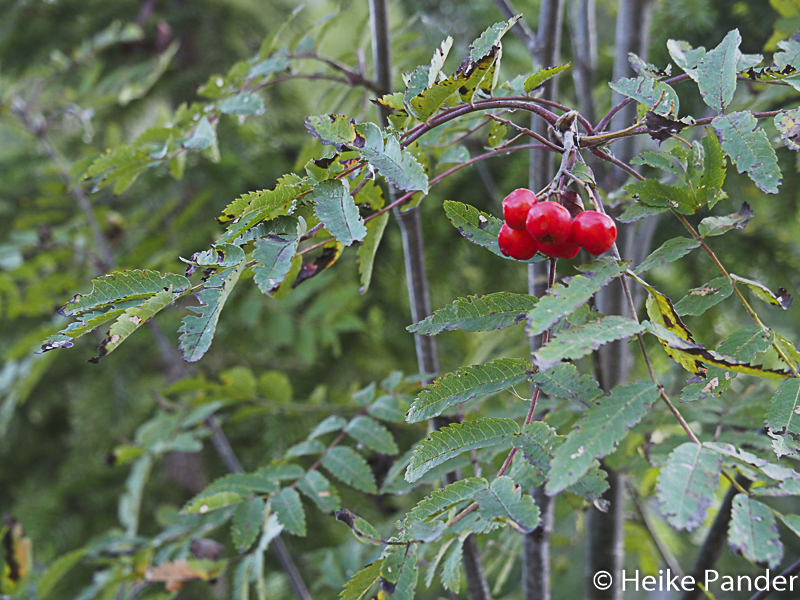
Preiselbeeren, Wanderung in der Slowakei
Brown bears have a sweet “tooth”
We have the pleasure to watch the bears feeding for nearly an hour before we begin our way back. Every now and then the young bears goof around playfully. Our descent proofs to be much faster. We come across an excavated piece of honeycomb. It sits in the middle of the path, is quite empty and looks like gray cardboard. Some of the bees are still buzzing around the big hole in the ground excitedly. Bears just love their honey. The gourmet who worked on this honey patch has been here not long before us.
To end our exciting and successful bear excursion appropriately, we decide to have a pizza at the “Utopia”, Poprad’s most famous pizzeria. Here we learn from Jan that he is not only a bear expert but offers walking tours to watch wolves, European bison, chamois and grouse. That does not need much thinking over: we will make sure that our next adventure is with Jan Barilla in the mountains of beautiful Slovakia.

Braunbären, Bärenwanderung, Slowakei, durch ein Fernrohr fotografiert



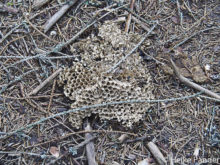
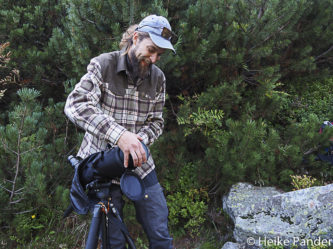
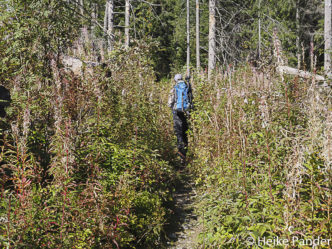
I was there last September as well. It’s a great place to enjoy nature and wildlife.
Thank you, Sam Puls, for your comment – yes, it is a wonderful place. All the best to you! Kind regards, Heike Pander